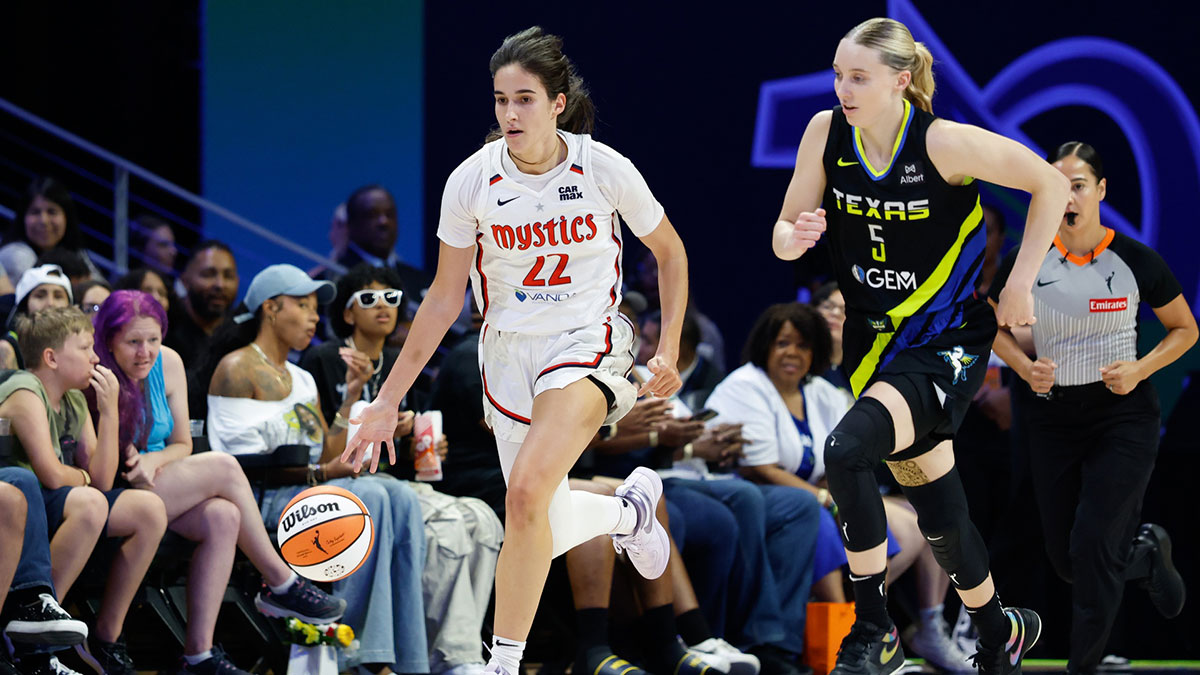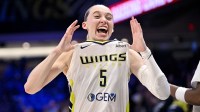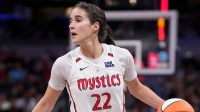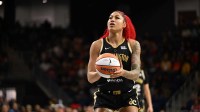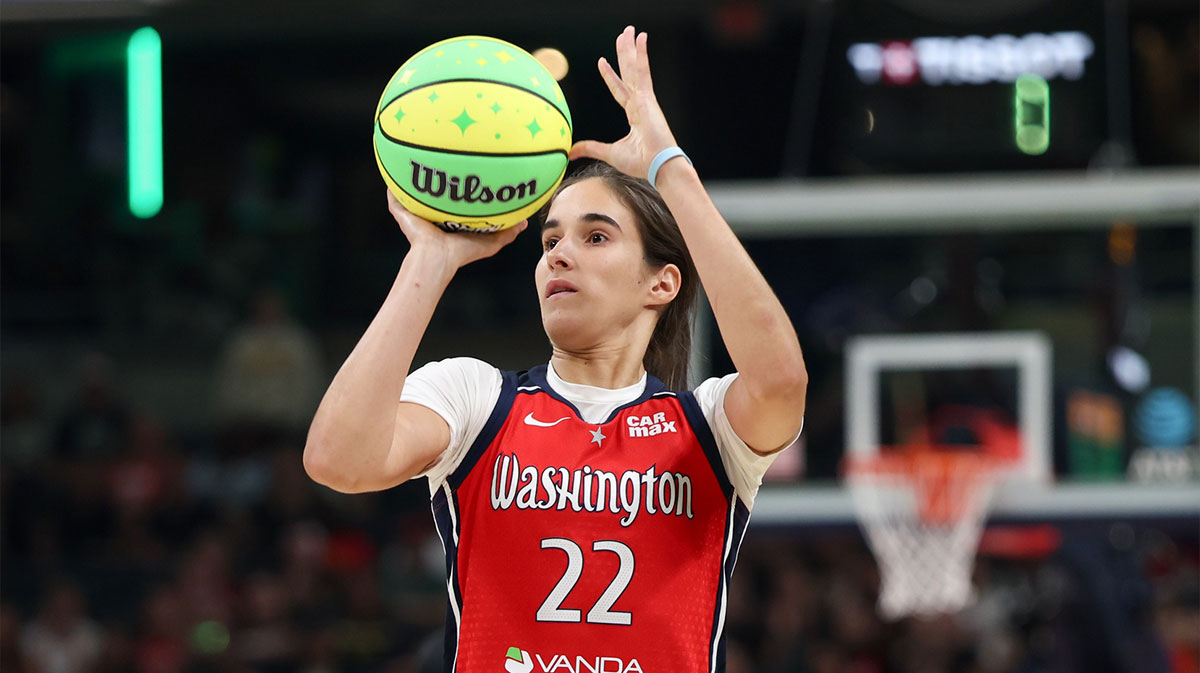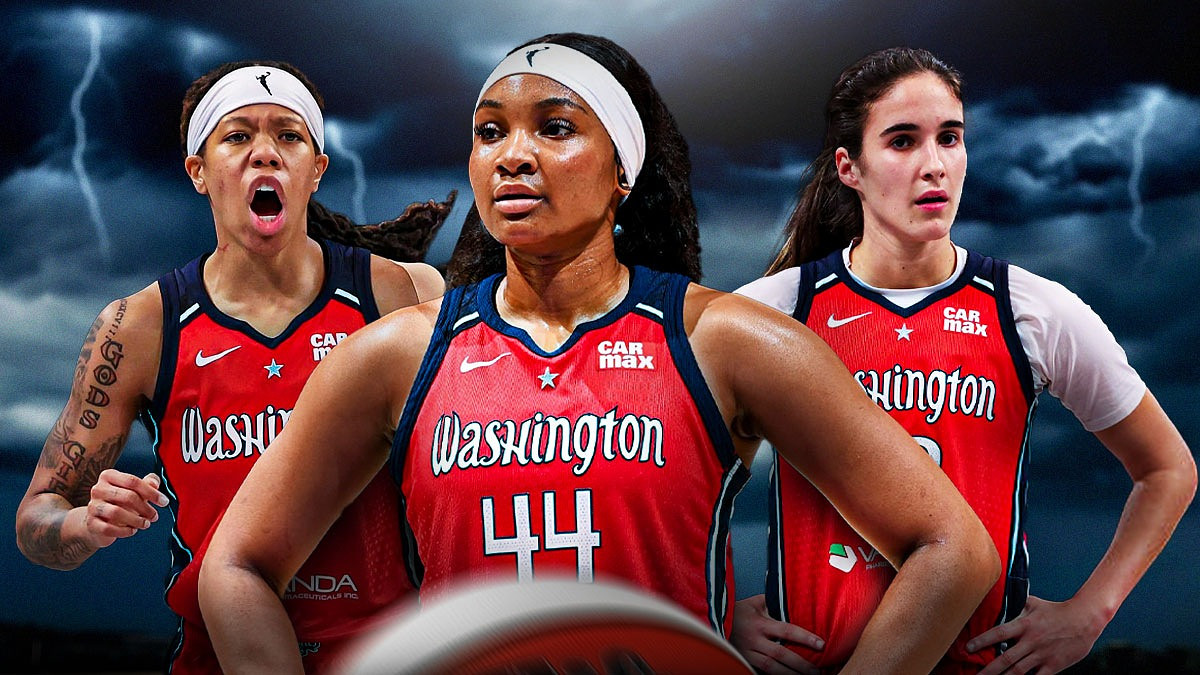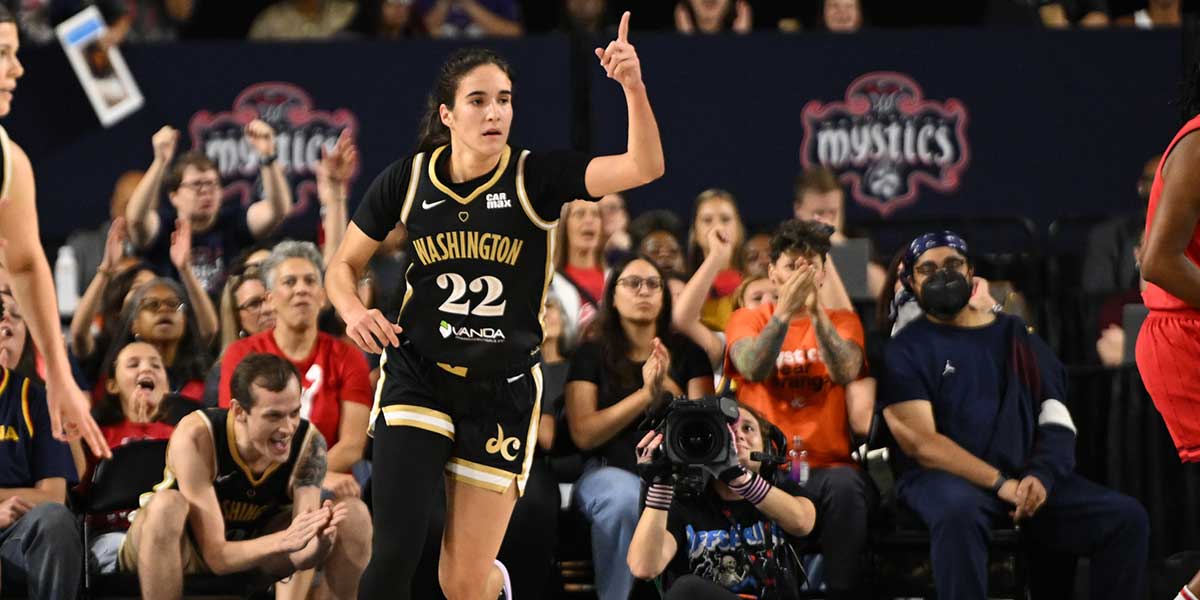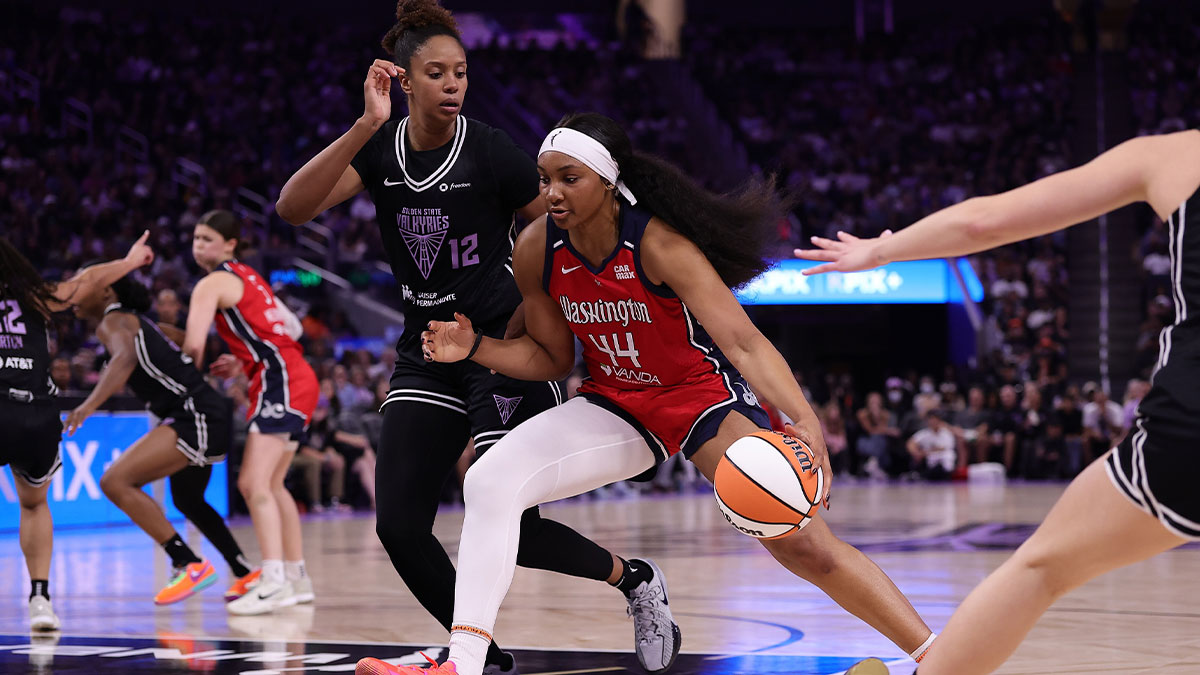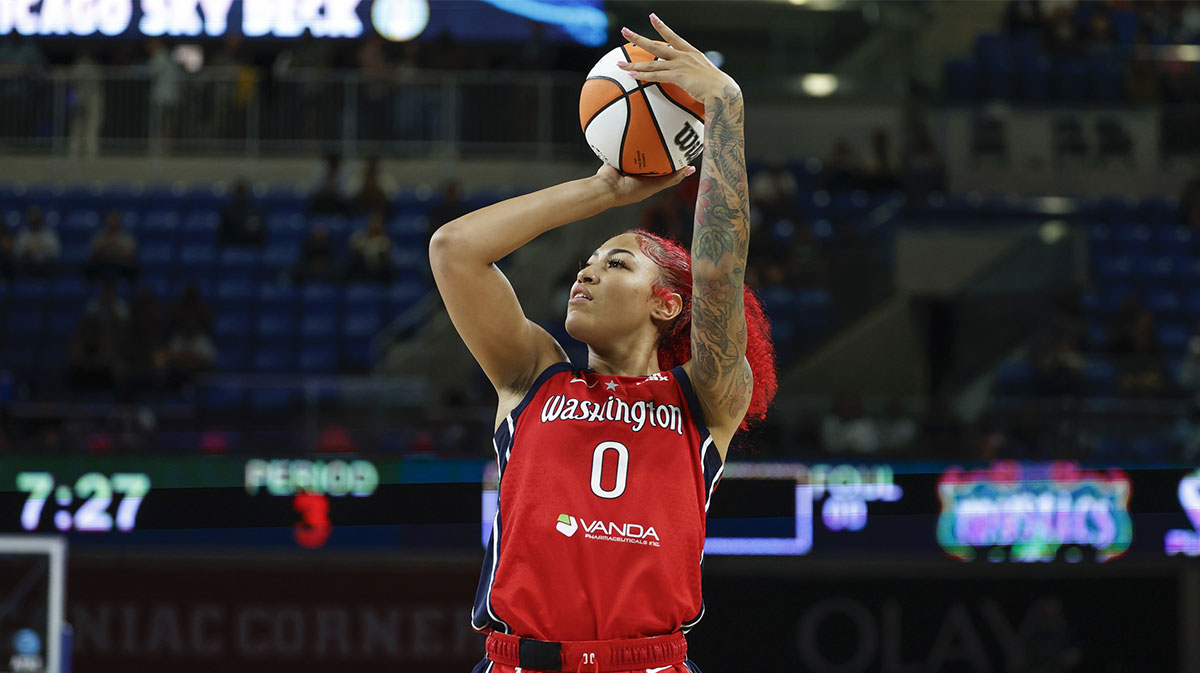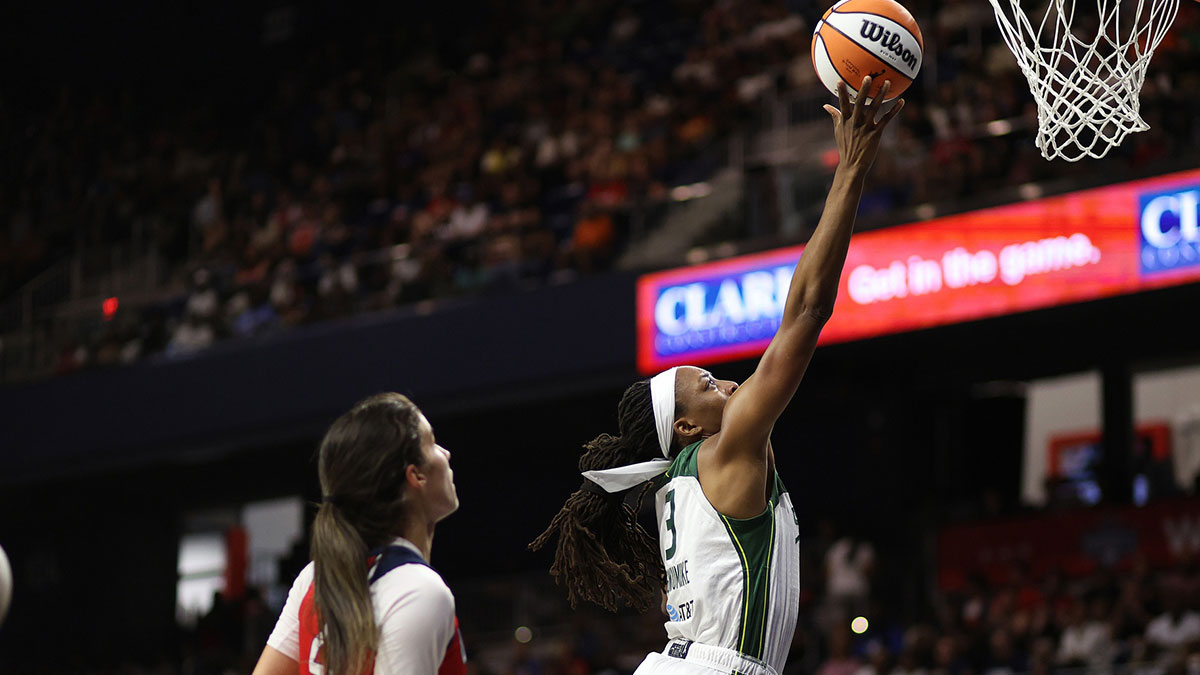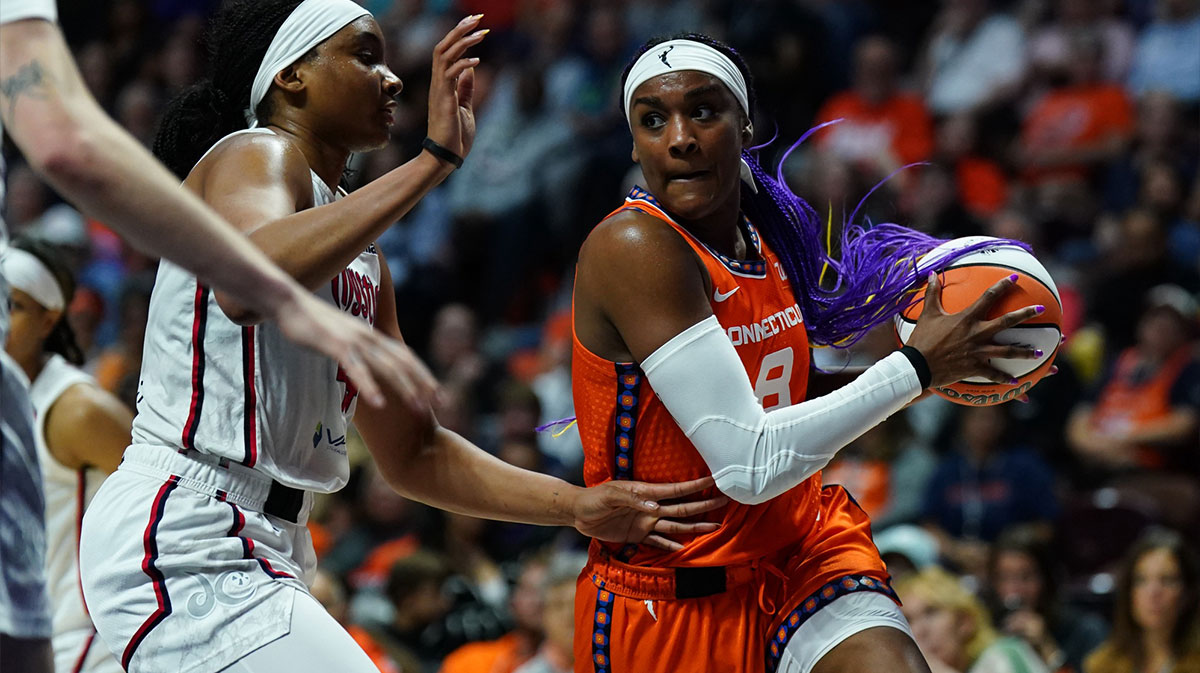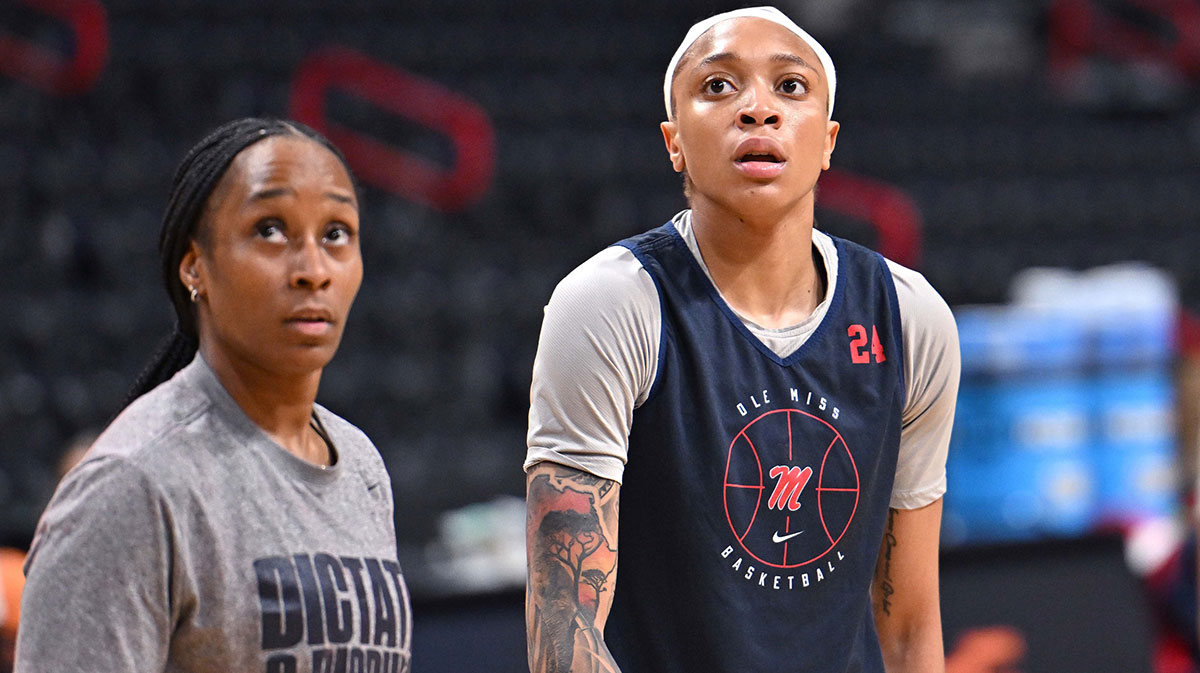After trading All‑Star guard Brittney Sykes to the Seattle Storm in exchange for veteran Alysha Clark, emerging guard Zia Cooke, and a 2026 first‑round pick, the Washington Mystics have decisively shifted toward future-proofing. Sykes had been a reliable two‑way weapon, earning All‑Star and All‑Defensive honors this season alone, and the return, particularly in Clark and Cooke, offered limited immediate on‑court value. Clark is an experienced locker room presence — three-time champion, Sixth Player of the Year in 2023 — but a diminished offensive contributor, and Cooke was immediately waived. The only true value left lies in that draft asset.
Two days later, the Mystics sent Aaliyah Edwards, a second‑year forward, to the Connecticut Sun for guard Jacy Sheldon and first‑round pick swap rights in 2026. Edwards, despite flashes as a rookie, had seen her role erode behind players like rookie phenom Kiki Iriafen and others, averaging limited minutes. In contrast, Sheldon brings efficient shooting and defensive tenacity — a guard profile better aligned with head coach Sydney Johnson’s developing style.
These moves leave the Mystics with multiple future first‑round picks, including possibly three in 2026: Their own, Seattle’s, and a swappable one via a Minnesota Lynx-Sun deal plus returning draft capital from earlier trades. Coupled with their current 2025 picks in Sonia Citron, Iriafen, and the injured Georgia Amoore, the Mystics are setting up for years of upside-based building.
All of this sets the stage for the Mystics, who are two months away from this deadline and face a critical juncture. Smart roster moves and role clarity could accelerate growth. Let's take a look at which ones make the most sense for Washington going forward.

1. Waive any underperforming veteran
Although the Mystics have trimmed several veterans already, like Cooke and Sika Koné, they still carry role players who may no longer fit the rebuilding timeline. Let go of another veteran with limited upside, like a marginal frontcourt backup or surplus wing, whose roster spot could go to a high‑energy rookie or two‑way contract player. This would free up a roster spot and cap flexibility for potential hardship contracts.
2. Promote assistant to focus on defensive intensity or player development
Head coach Sydney Johnson plays a large part in this rebuild. To bolster transitional growth, the Mystics should designate an assistant coach, maybe someone like Clinton Crouch, Barbara Turner, or Emre Vatansever, to co-lead either defensive coordination or development of young frontcourt or wing talent.
Given the loss of veterans like Sykes and Edwards, the team must maximize its upside of having so many young players. A reallocation of coaching responsibilities, like making more than one assistant the “player development lead” with a more defined goal, could accelerate individual growth in certain weak areas and build confidence among the fresh roster.
Considering Crouch officially serves as the franchise's Head of Player Development, the new area of focus shouldn't be too big a pivot from his current role, and additional help from his fellow assistants should help shore up the squad's existing weaknesses relatively quickly.
3. Give rookies consistent starting roles
Among rookies, Citron and Iriafen, the third and fourth overall picks, respectively, are the top prospects. The team has already leaned on Citron at guard and Iriafen at forward, especially after the departures ahead of the deadline. To light the fuse on their development, Citron Iriafen should immediately become the clear leaders of the team. In response, the coaching staff should bench a veteran guard making a limited impact to give the young players more consistent rhythm. Accelerate the team's growth with meaningful, high-leverage minutes and simplify rotation decisions. This also plays into the Mystics' shift away from Sykes, leaning hard into youth.
4. Insert Jacy Sheldon as starting backcourt shooter
Sheldon, freshly acquired, is a natural fit for starting guard minutes next to Citron or Amoore when she returns. Sheldon offers shooting, defense, and toughness — elements lacking after the Sykes trade. The Mystics must immediately make Sheldon a staple of the starting lineup to give spacing to the offense and stability to the backcourt. Doing so allows Citron room to create off-ball plays or cuts, reduces reliance on less consistent vets, and sets up a youth-dominant offense.
5. Manage Georgia Amoore’s minutes post‑injury
Rookie Amoore, Washington’s sixth overall pick, has not played yet due to a torn ACL before the season. As she nears her return, presumably in 2026, the team should begin a gradual reintroduction plan in late-season training and the offseason. That plan would include low‑impact minutes in scrimmages and controlled conditioning in practice rather than rushing her back. This move ensures her growth doesn’t stall and she avoids re-injury. While not a current in-season move, it's a vital strategic pivot for long-term return.
6. Create a sixth-woman identity
The Mystics need someone to lead the second unit who's defensively active and offensively efficient. If one of the remaining veterans is not starting, she should be slotted clearly as a “veteran backup forward” whose role is leadership and energy off the bench. Having tactical clarity here helps manage rotations and ensures no rookie burnout.
7. Use zone defense to offset backcourt inexperience
With the loss of defensive stalwart Sykes and backcourt retooling, the Mystics could frequently deploy a zone defense to protect young perimeter players while leveraging frontcourt length. This allows for more careful initial schemes, reduces pressure on inexperienced defenders, and buys time for individual growth. This coaching tweak can result in immediate defensive improvement while the roster matures.
As the 2025 WNBA regular season winds toward a close, the Mystics find themselves at a crossroads as a team rich with potential but requiring bold, strategic decisions to maximize their trajectory. The seven moves mentioned provide a roadmap to revitalization, from difficult personnel choices like letting go of a veteran to more nuanced adjustments such as promoting coaching talent and potentially altering the existing dynamic too much. Meanwhile, prioritizing the growth of young players by continuing to give rookies consistent starting roles while empowering new addition Sheldon in the backcourt signals a shift toward long-term investment.
Focusing on 2025 first-round draft pick Amoore’s recovery and minutes once she returns will wisely ensure her health without stunting the team's momentum and chemistry building. Gaining a defined sixth-woman role can also help stabilize bench contributions, while pivoting more toward zone defense could be the key to making up for the inexperience of this squad while developing an aspect of the team's identity. These aren't just tweaks for the Mystics — they’re essential steps in building a resilient franchise for their long-term future.

